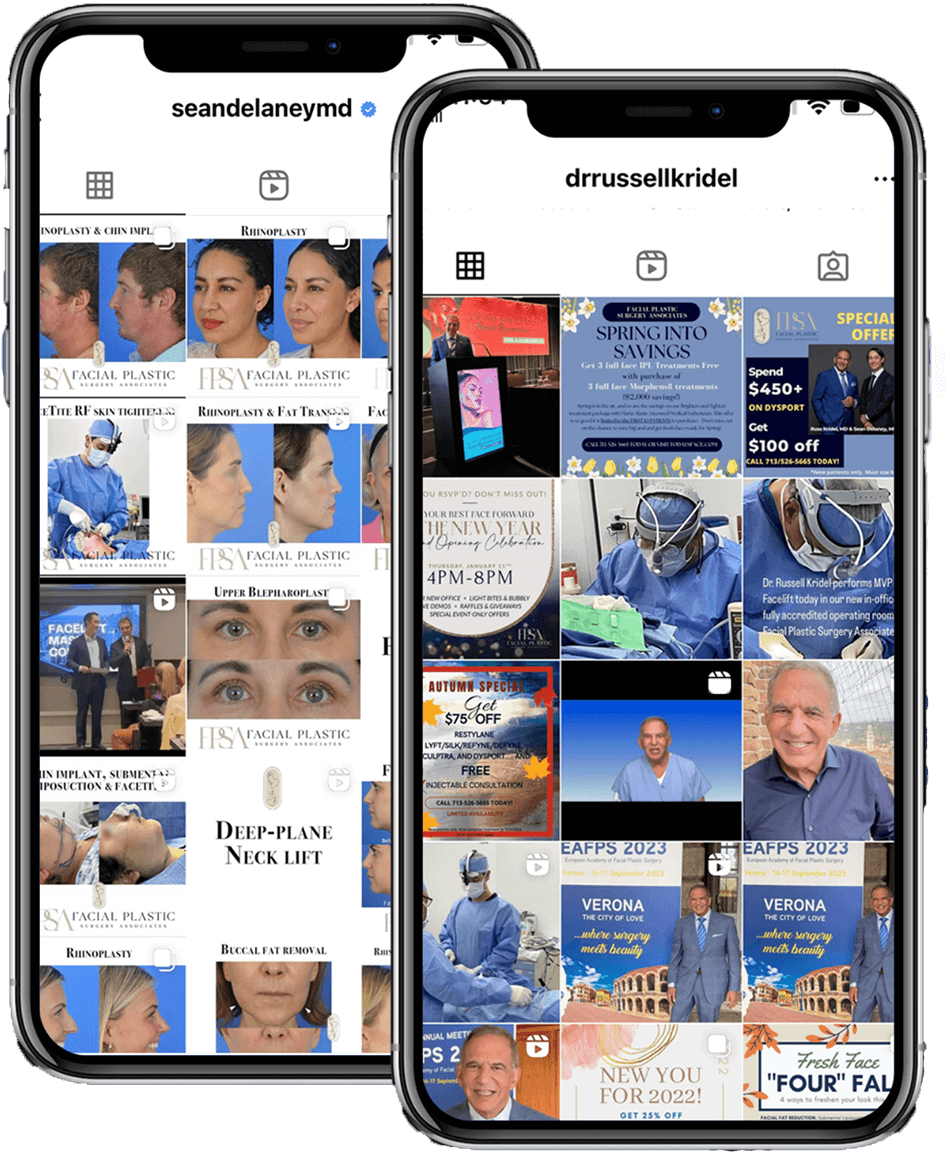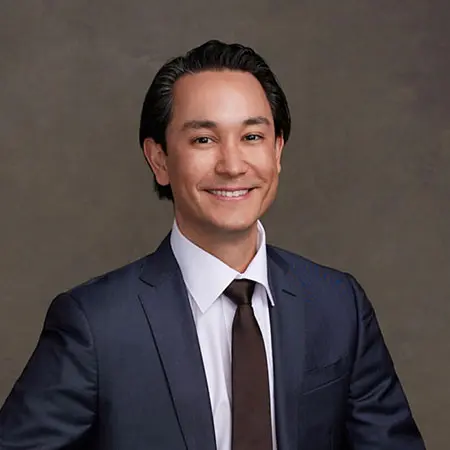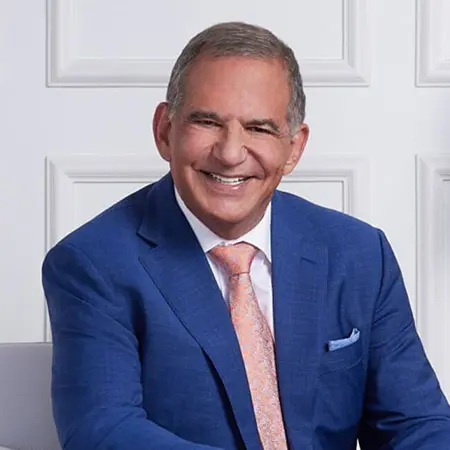January 04, 2013 | BOTOX® Cosmetic, Dysport
3 minute read
One of the most popular ways to get rid of wrinkles is to use Botox. In 2011, it was the top nonsurgical cosmetic procedure in the U.S. among both women and men, with more than 2 million treatments performed by physicians. At Facial Plastic Surgery Associaties (FPSA), we believe it is important that patients are educated about the treatments that interest them. And, while Botox is very popular, it is important to also understand how it works. Check out this brief video of Dr. Kridel explaining how a wrinkle relaxer, like Botox, works: How do wrinkle relaxers (neuromodulators) work?
Botox is just one of the many trade names for the neurotoxic protein called botulinum toxin, that is produced by the bacterium Clostridium botulinum. It is known as a Neuromodulator. Neuromodulators are sold commercially under the brand names Botox, Dysport and Xeomin. Since this terminology is rather cumbersome, Dr. Kridel states that it is easier to think of a neuromodulator as a Wrinkle Relaxers. A neuromodulator is a wrinkle relaxer because it is an inhibitor of neuromuscular activity. It blocks the communication between the nerve fiber and the muscle preventing contraction and temporarily relaxing the muscle.
Botox (or Dysport or Xeomin) is injected into muscles, where it blocks nerve impulses to those tissues. The muscle activity that causes the frown lines is reduced, and a smoother look results. Without a contracting muscle beneath it, the skin has a difficult time wrinkling. A wrinkle in the skin is typically formed perpendicular to a contracting muscle located directly beneath it. For example, the muscle in the forehead is a vertical muscle. When you raise your eyebrows it contracts and the lines (or wrinkles) that form will be horizontal. In a similar fashion, the two muscles that are responsible for the frown lines are positioned horizontally between the eyebrows, so when they contract, the frown lines appear vertical. When a wrinkle relaxer, like Botox, Dysport or Xeomin, is injected into a muscle, it blocks nerve impulses to those tissues. The muscle activity that causes the frown lines is then reduced, and a smoother look results. The skin has a difficult time wrinkling without a contracting muscle beneath it.
“Neuromodulators work by weakening the muscles of facial expression,” says Dr. Russell Kridel, Houston TX. “Once the resting tone of these muscles is weakened, the pull of the muscles relaxes and the skin flattens out.” Botox, or any other neuromodulator, requires two to four days for it to attach to the nerve ending that would normally stimulate the muscle to contract. The maximum effect usually occurs at about 10-14 days and can last for a few months.
One last word on Wrinkle Relaxers —- Please do NOT get injections at a “Botox Party” at somebody’s house. A medical setting is safer, and any side effects can be treated immediately. Remember, this is a medical treatment and should be used with the utmost care and skill in the hands of a highly qualified physician. The best practitioners know the correct sites of injection to avoid side effects such as droopy eyelids — which further underscores the importance of finding a facial plastic surgeon who has significant experience giving Botox injections, like Dr. Kridel.
— Kirin, Facial Plastic Surgery Associates, Houston TX




